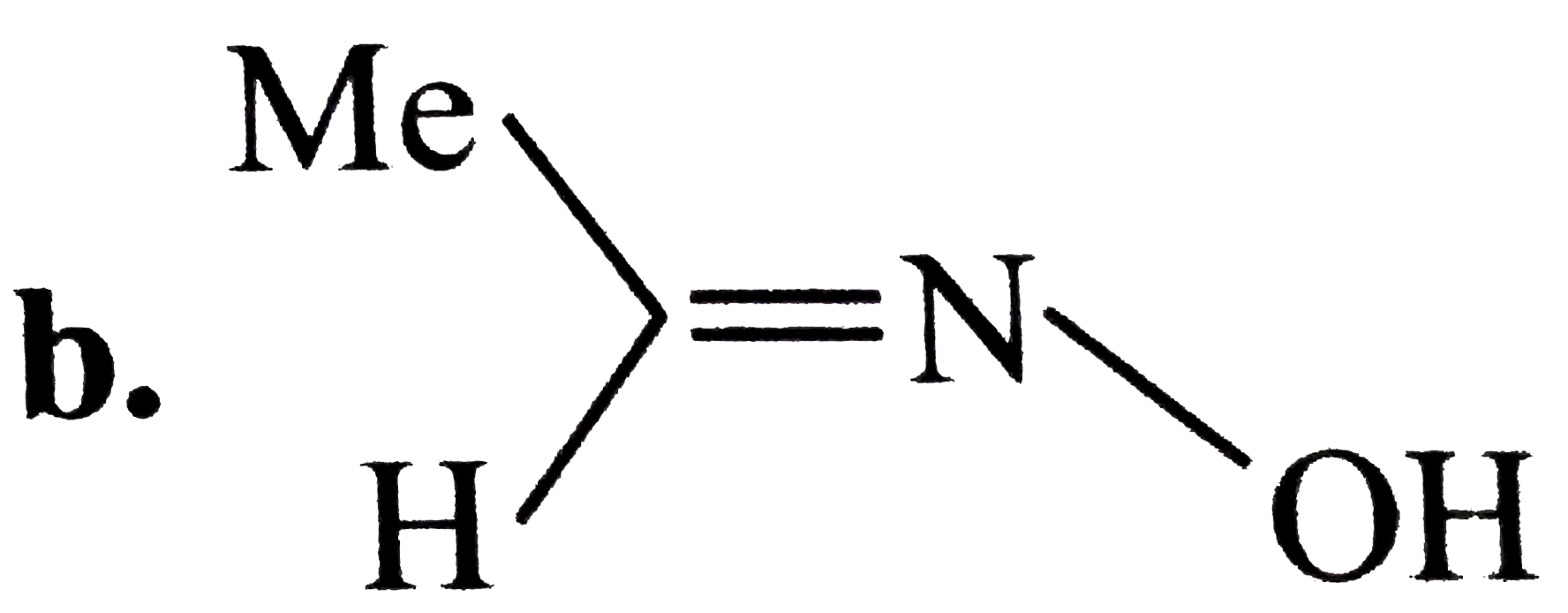HCOONa−−→heatX+H2. X is
Na2CO3
CO2
(COONa)2
CO
The correct Answer is:C
To solve the question, we need to analyze the thermal decomposition of sodium formate (HCOONa) when heated. The reaction can be broken down into several steps:
Step 1: Understand the Compound
Sodium formate (HCOONa) is the sodium salt of formic acid (HCOOH). When heated, it undergoes thermal decomposition.
Step 2: Write the Decomposition Reaction
When sodium formate is heated, it decomposes to produce carbon dioxide (CO₂) and sodium hydroxide (NaOH) initially, but in the presence of heat, it further decomposes to produce hydrogen gas (H₂) and carbon monoxide (CO).
The overall reaction can be represented as:
2HCOONaheat−−→H2+CO+Na2CO3
Step 3: Identify the Product X
From the decomposition reaction, we can see that one of the products formed is hydrogen gas (H₂). Therefore, in the equation given in the question, X corresponds to hydrogen gas (H₂).
Conclusion
Thus, the answer to the question is:
X is H₂ (hydrogen gas).
---
Sodium formate (HCOONa) is the sodium salt of formic acid (HCOOH). When heated, it undergoes thermal decomposition.
When sodium formate is heated, it decomposes to produce carbon dioxide (CO₂) and sodium hydroxide (NaOH) initially, but in the presence of heat, it further decomposes to produce hydrogen gas (H₂) and carbon monoxide (CO).
2HCOONaheat−−→H2+CO+Na2CO3
From the decomposition reaction, we can see that one of the products formed is hydrogen gas (H₂). Therefore, in the equation given in the question, X corresponds to hydrogen gas (H₂).
Thus, the answer to the question is:
X is H₂ (hydrogen gas).
Topper's Solved these Questions
- CARBOXYLIC ACID AND THEIR DERIVATIVESBOOK - ERRORLESS CHAPTER - CARBOXYLIC ACID AND THEIR DERIVATIVESEXERCISE - Ordinary Thinking Objective Questions (Uses of Carboxylic Acids and Their Derivatives)
6 Videos
- CARBOXYLIC ACID AND THEIR DERIVATIVESBOOK - ERRORLESS CHAPTER - CARBOXYLIC ACID AND THEIR DERIVATIVESEXERCISE - Critical Thinking Objective Question
9 Videos
- CARBOXYLIC ACID AND THEIR DERIVATIVESBOOK - ERRORLESS CHAPTER - CARBOXYLIC ACID AND THEIR DERIVATIVESEXERCISE - Ordinary Thinking Objective Questions (Preparation of Carboxylic and Their Derivatives)
46 Videos
- BIOMOLECULES AND POLYMERBOOK - ERRORLESS CHAPTER - BIOMOLECULES AND POLYMEREXERCISE - Jee section (Jee (Advanced 2018)) (More than one choice correct answer)
1 Videos
- CHEMICAL BONDING BOOK - ERRORLESS CHAPTER - CHEMICAL BONDING EXERCISE - JEE Section (Jee (advanced ) 2018)
1 Videos
Similar Questions
Knowledge Check
HCOONaheat−−→X+H2 is
ANa2CO3BCO2C(COONa)2DCOMeCH(A)=O+H2NOH(B)HCOONa−−−−−→Δ(C)+H2O Product (C ) is:
A B
B CMe−C≡ND
CMe−C≡ND
Identify (X), (Y) and (Z) in the given reaction.
CH3COCH3I2+NaOH−−−−−−→heatXAg−−→heatYH2SO4/HgSO4−−−−−−−−−→heatZAX=CHI3,Y=CH3CHO,Z=HCHOBX=CHI3,Y=CH3OH,Z=CH3CHOCX=CHI3,Y=CH≡CH,Z=CH3CHODX=CH3COCI3,Y=CH2=CH2,Z=CH3CHO
Study the following sequence of reaction and identify the product (Y).
CH3CHO+HCHOdil.NaOH−−−−−→heatXHCN−−−→H3O+Y
View Solution(X)O3/Zn−−−→H2OCO2+CH3−C∣∣O−H+OHC−C∣∣O−CHO
X is
View SolutionIdentify X in reaction :X+2H2OsteamΔ−−→XO2+2H2
View Solutionदी गई अभिक्रिया:
HCOONa400∘C−−−→(X)+(Y), में (X) और (Y) होंगे:
View SolutionConsider the following reaction sequence ,
CH3CH(OH)CH3ConcH2SO4−−−−−−−−→HeatXdil.H2SO4−−−−−−−−→H2OY
X and Y in the reaction respectively are
View Solution
